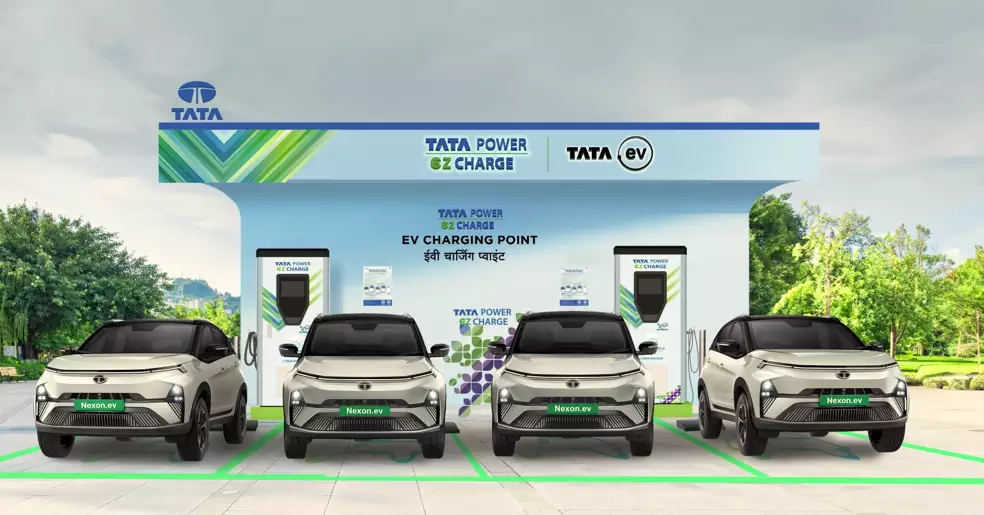How Tata Motors plans to take a lead in EV charging ecosystem

For this, the automaker has signed Memorandums of Understanding (MOUs) with Tata Power, ChargeZone, Statiq and Zeon. The collaboration aims to deploy 500 TATA.ev mega chargers in the first phase of 12 months. These chargers will be strategically installed across cities such as Delhi, Mumbai, Pune, and Bangalore, as well as at key highways, including the Mumbai-Pune and Delhi-Chandigarh routes.
The mega chargers will be accessible to all EV users, however, Tata Motors’ customers will receive priority access and preferential tariff rates. With most automakers now adopting the CCS-II charging standard, compatibility is expected to be seamless across a wide range of EVs.
Each of these mega chargers will have a typical capacity of 120 kilowatts, equipped with four charging guns and four parking slots. However, depending on various operational constraints, some locations may feature two 60-kilowatt units instead.
This comes as 2025 is expected to be a pivotal year for electric passenger vehicle sales in India, with several new models launching across various price segments. Major OEMs, including Maruti Suzuki with the e-Vitara, Hyundai with the Creta EV, Tata Motors with the Harrier EV, Mahindra with the XEV 9e and XEV 4e, and MG with the Windsor, are all set to make their mark in the market.
Investment
While the exact investment amount in the project was not disclosed, Shailesh Chandra, Managing Director (MD) of Tata Motors Passenger Vehicles (TMPV) and Tata Passenger Electric Mobility (TPEM), described the investment as “significant.”
According to Balaje Rajan, Chief Strategy Officer, TMPV and TPEM, the company wants to support the installation of these charges “through a commercial structure”.
Drawing from China’s example, Chandra emphasized that the ideal ratio of electric cars to charging stations—including both public and home-based—should typically be 1:1.
“So if the country has to reach about 30% EV penetration in 2030, we are talking about more than a million vehicles being sold in a year and a half. Then, that is also eventually the size of charging that you need by 2030,” he said.
Price Parity
The MD further highlighted the need for electric cars with a real range of over 400 kilometers, coupled with price parity.
This will be a key factor in mainstreaming EVs, as I do not see range anxiety being a major issue for cars priced above INR 17 lakh - INR 18 lakh, Chandra said.
Last year, the PM E-Drive scheme allocated INR 2,000 crore to establish public charging stations for EVs. This will include 22,100 fast chargers for e-4Ws, 1,800 for e-buses, and 48,400 for e-2Ws and e-3Ws, boosting user confidence.
“If there is an opportunity for our partner CPOs to be a part of that, we would obviously be delighted to enable that in any way we can,” Rajan said.
Tata Motors is also looking to introduce unified payments wallets and bring on board a dedicated charging helpline– 1800 209 8989– which will be a 24×7 service for any charging queries.

